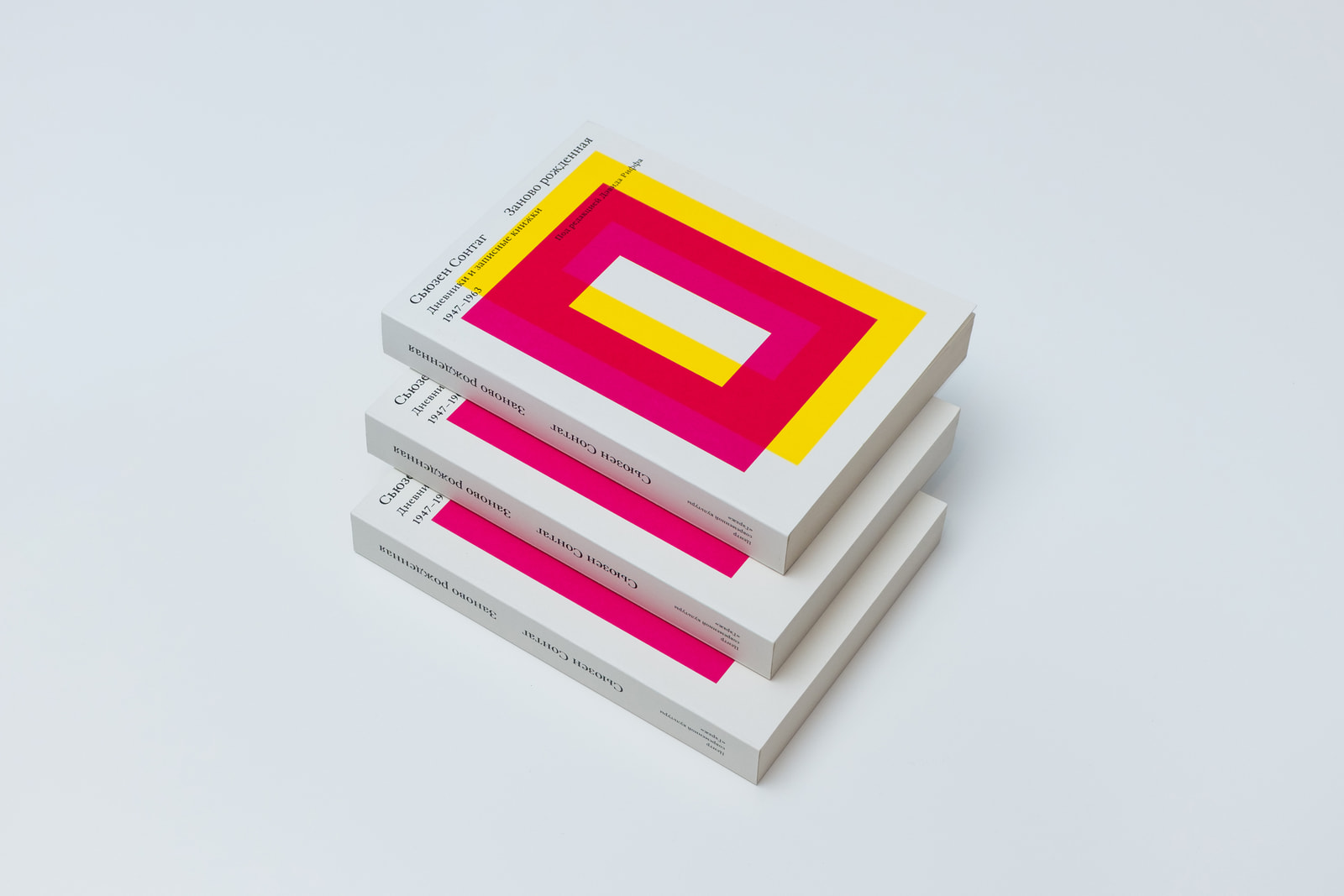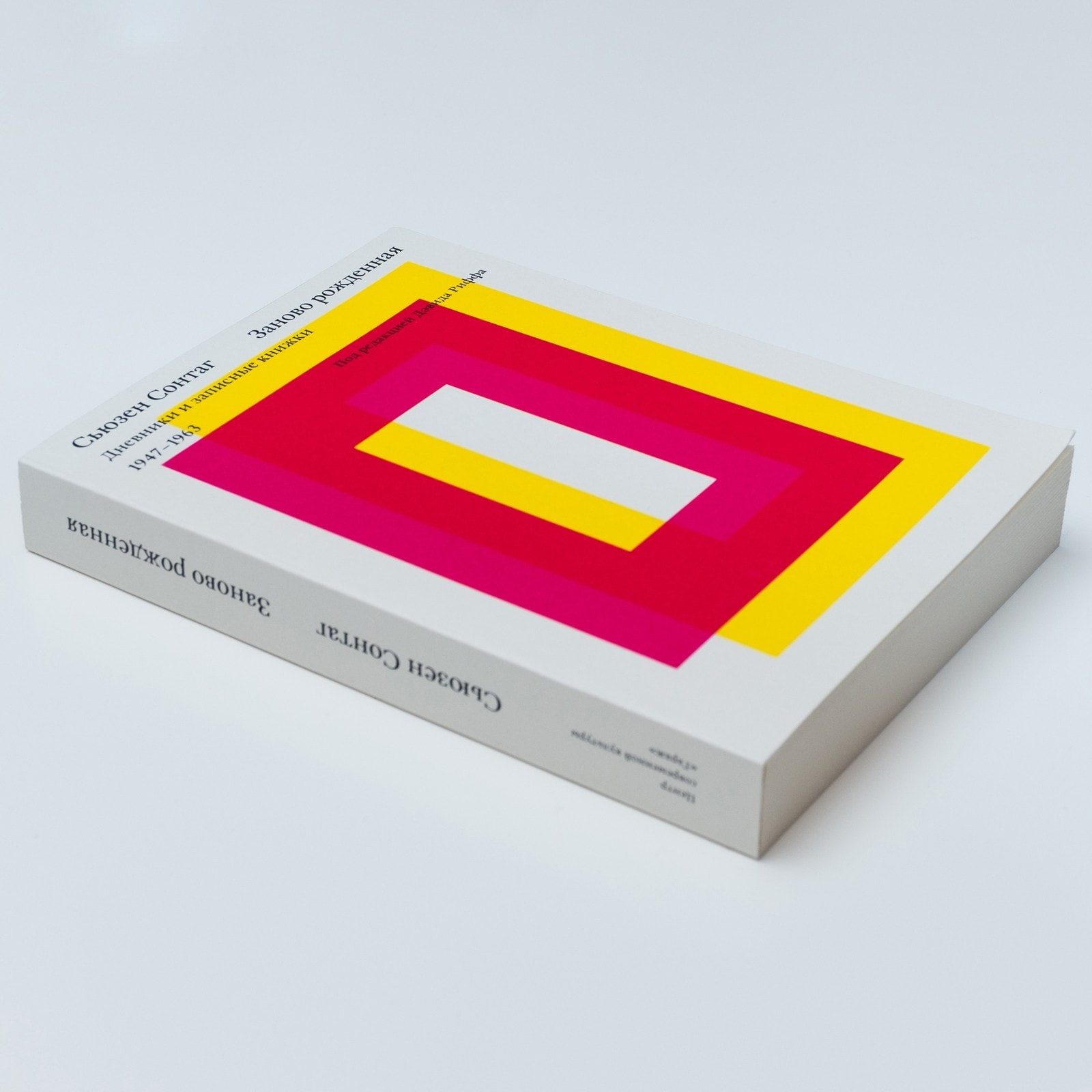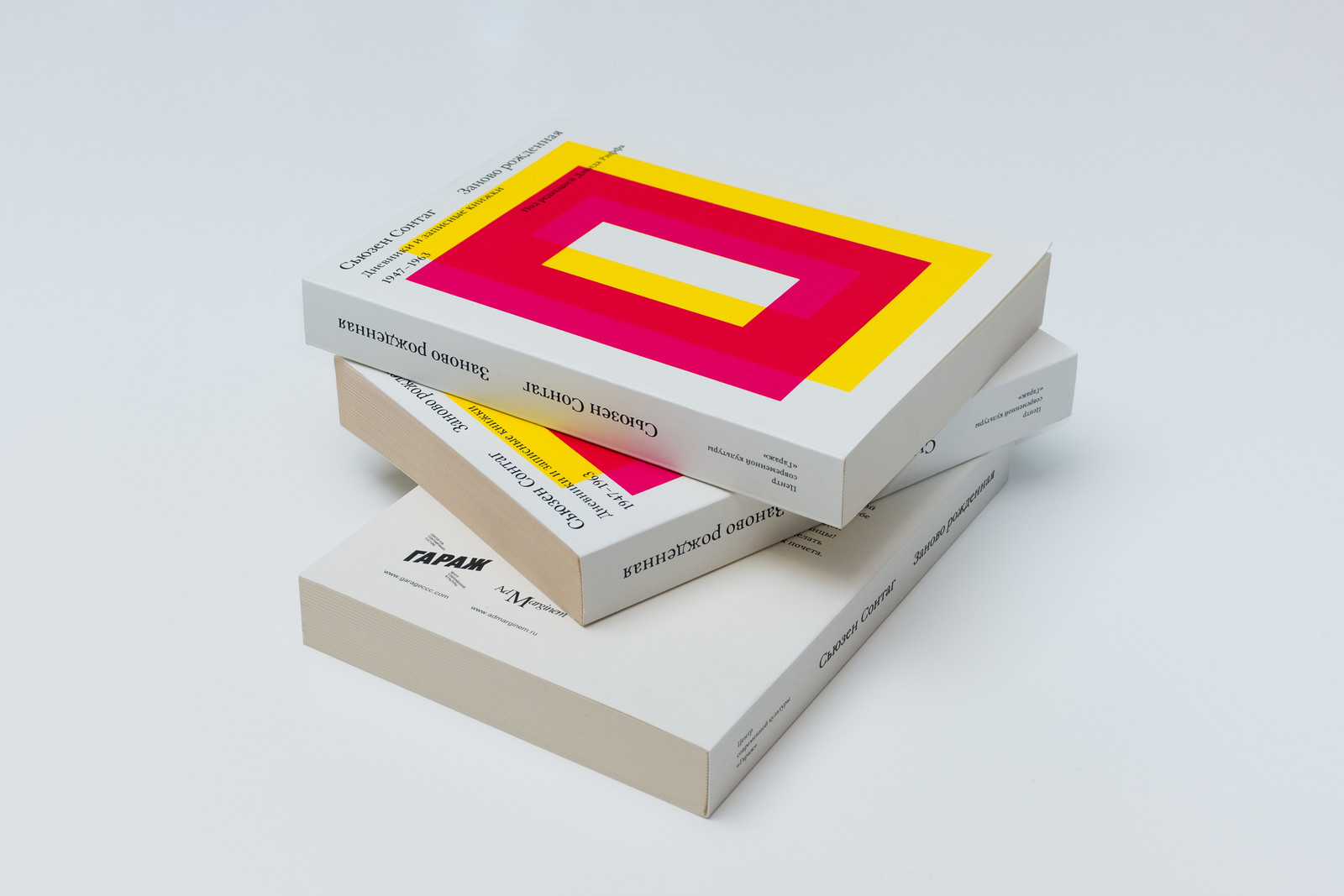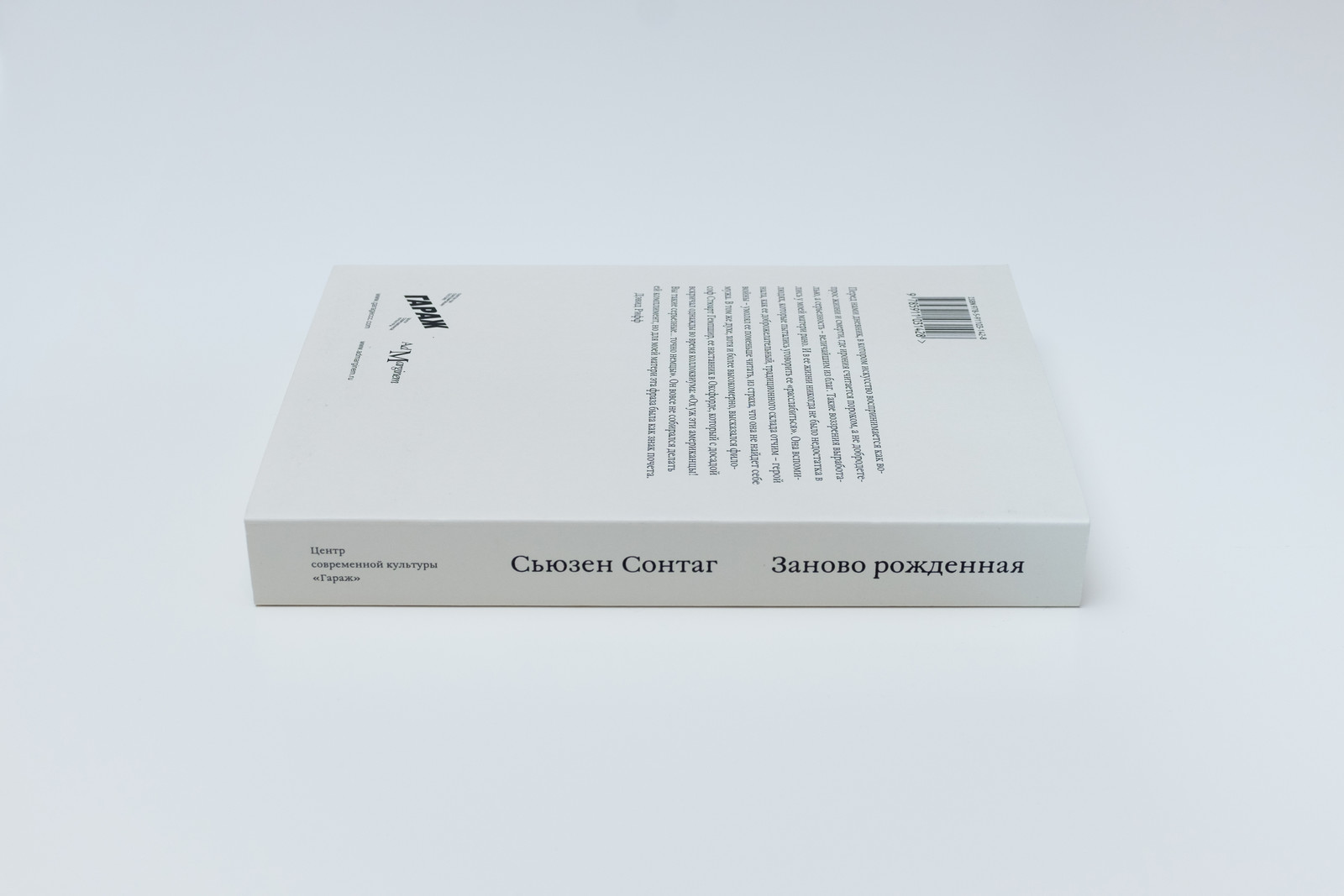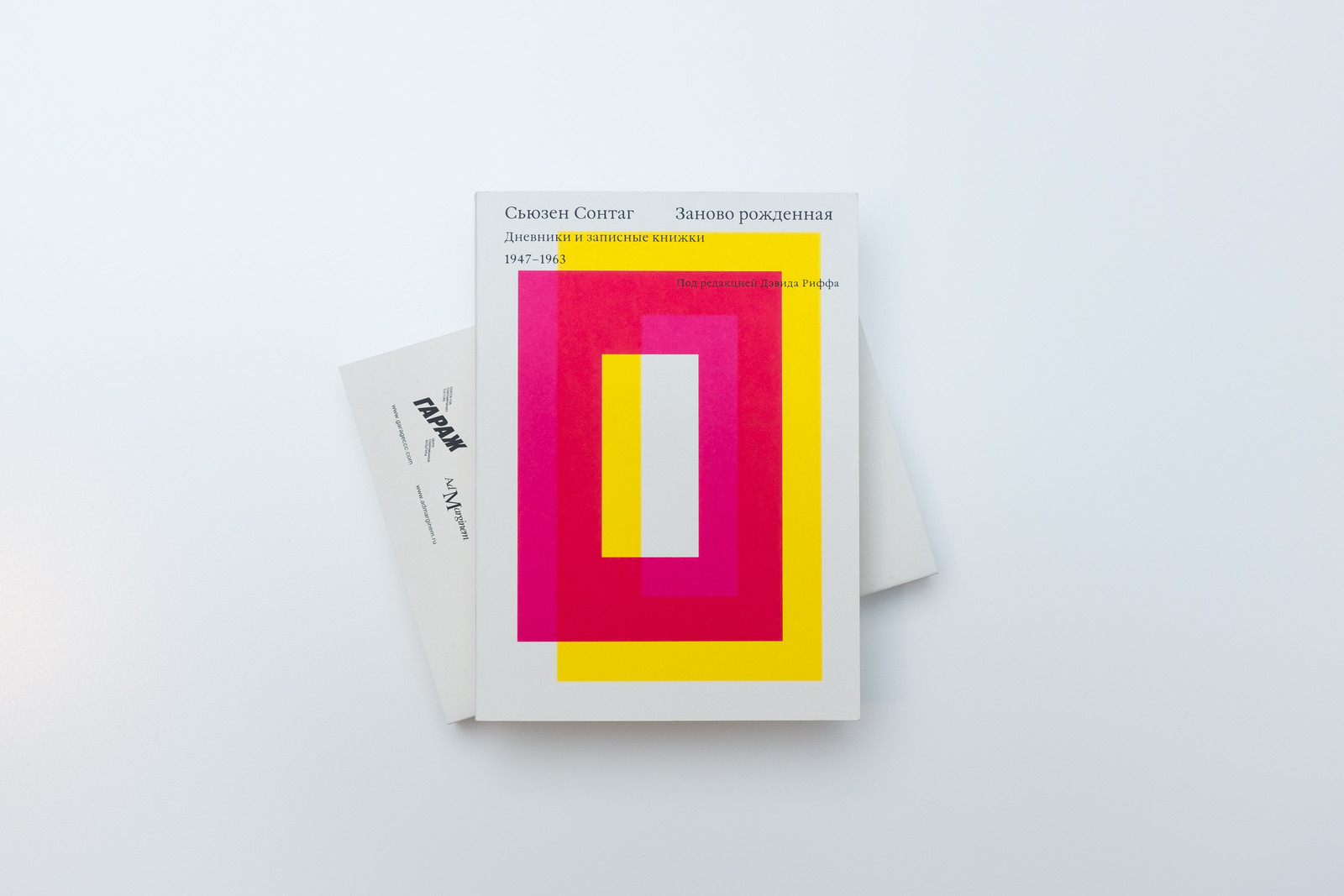Susan Sontag’s candid early diaries give the opportunity to get to know the thoughts of the young woman who was to become a famous philosopher and critic.
The journal is a vehicle for my sense of selfhood. It represents me as emotionally and spiritually independent.
- Susan Sontag
This is a journal where art is seen as a matter of life and death.
- David Rieff
Susan Sontag's Reborn: Journals and Notebooks, 1947 - 1963 will be published for the first time in Russian as part of Garage Center for Contemporary Culture's joint publishing program with Ad Marginem press.
The early journals of American writer and critic Susan Sontag - author of the bestselling On Photography - were published posthumously in English for the first time in 2008. From the age of 14 until her death, Sontag kept a journal in which she reveals a highly critical sense of self-awareness and a sometimes merciless judgment of those around her. Whilst Sontag was reluctant to publish the diaries within her own lifetime, David Reiff, the writer's son and the publication's editor, considered it important that readers are able to view Sontag ‘as a young person, who self-consciously and determinedly went about creating the self she wanted to be.' Taking inspiration from this, Reiff titled the book Reborn - the word inscribed on the first page of one of Sontag's early journals.
Sontag believed that she was able to recreate herself and reach beyond the circumstances of her upbringing and education. Her journals demonstrate this strong conviction in her destiny, and her desire to will herself into critical existence. From the beginning, Sontag's drive towards self-improvement is clear. She describes wanting to be a writer and a ‘custodian of culture', avidly listening to music, absorbing works of art and voraciously reading the great masterpieces of American, European and Russian literature.
The journals also give the reader new insight into the issues at the heart of our everyday existence: questioning the nature of truth and justice, virtue and responsibility, faith and religion. They present often painful accounts of childhood memories, teenage antagonism and difficult familial relationships. Rieff highlights that, throughout her life - from youth until old age - Sontag "was fighting the same battles, both with the world and with herself". Sontag herself describes what she calls an ‘emotional schizophrenia', the internal battle between the intellectual and emotional spheres, the divide between head and heart.
The diaries offer a reflection on the complex process of writing, revealing Sontag's personal literary ambitions:
I write to define myself - it is an act of self-creation - part of the process of becoming - I am in a dialogue with myself, with the writers I admire living and dead, with imagined readers... Why is writing important? Mainly out of egotism, I suppose. Because I want to be a persona, a writer, and not because there is something I must say. Yet why not? With a little ego-building - such as the fait accompli this journal provides - I shall win through to the confidence that I have something to say, that should be said.
